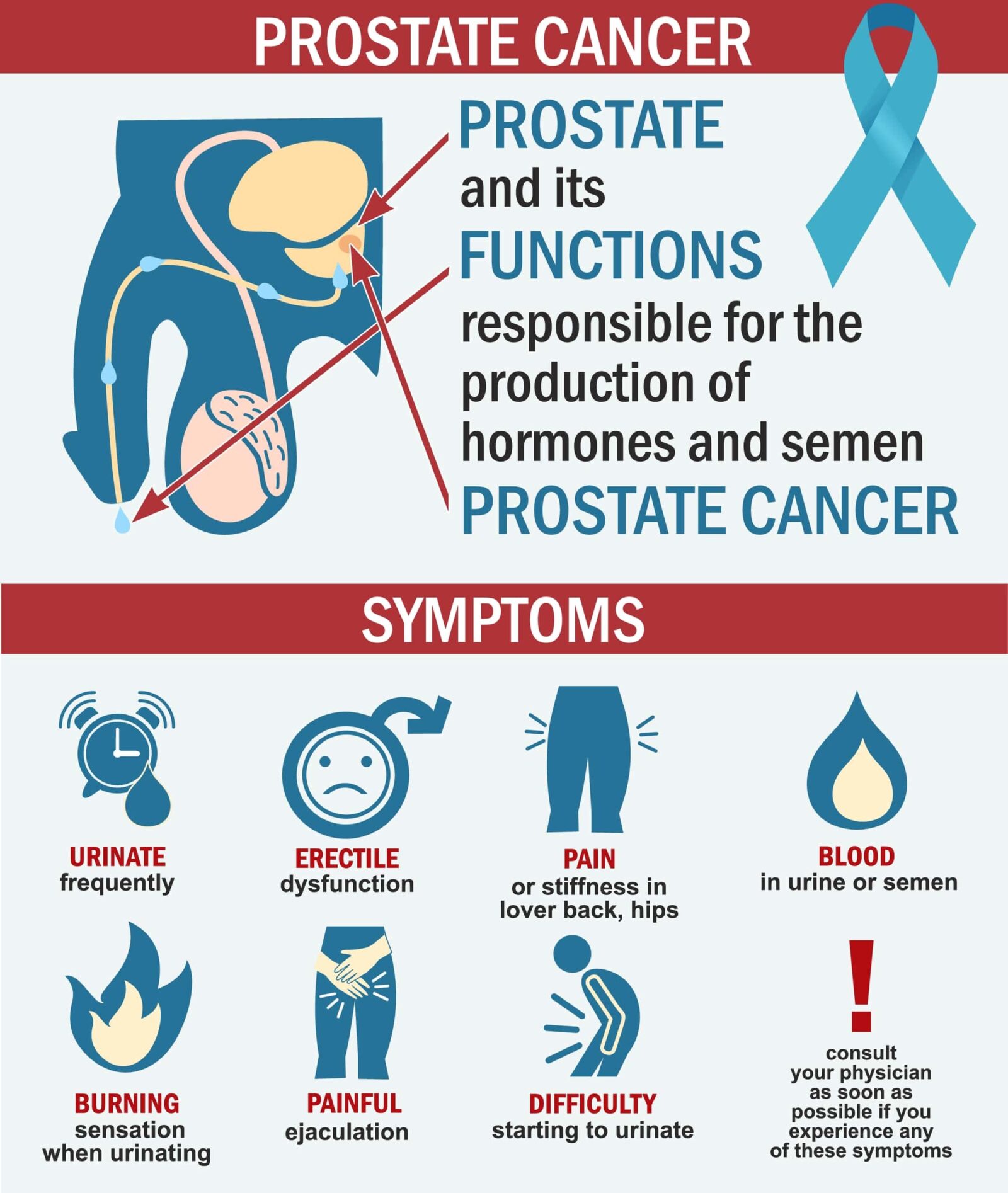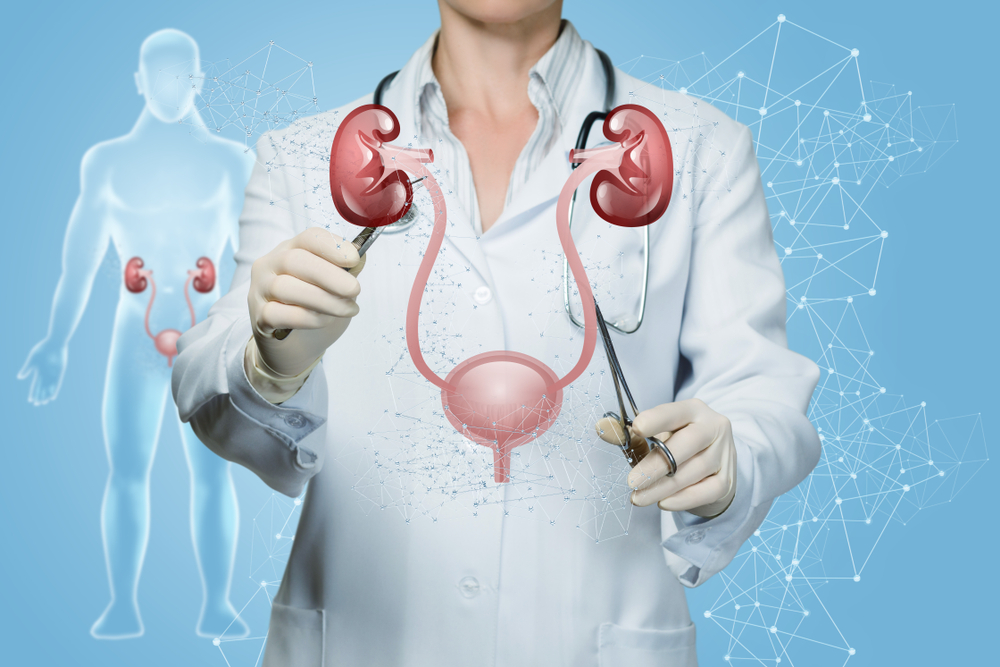September is Prostate Cancer Awareness Month, and we want to make sure that all men are aware of the symptoms of prostate cancer. This deadly disease can often be mistaken for other conditions, so it’s important to know what to look for. In this blog post, we will discuss the most common symptoms of prostate cancer, as well as the two other conditions that can mimic these symptoms. We will also explain how doctors tell the difference between these three conditions. If you are concerned about your prostate health, then make sure to read this blog post!
Symptoms of Prostate Cancer
When it comes to prostate cancer, there are a few signs and symptoms to watch out for. A symptom is something that you experience, whereas a sign is something that can be noticed and/or measured by other people. Prostate cancer can cause both signs and symptoms, or it can also cause no symptoms at all. Here are some possible signs and symptoms caused by prostate cancer:

Change in Urination
The most common symptom of prostate cancer is a change in urination. This can include a need to urinate more frequently, pain while urinating, difficulty starting or stopping the stream of urine, or weak urine flow. In some cases, you may also notice blood in the urine.
Pain
Pain associated with prostate cancer can take a variety of forms. For starters, it can be experienced as burning during urination. Pain may also be felt in the lower back, hips, or thighs. In some cases, an enlarged prostate can also cause pain or discomfort while sitting.
Sudden Erectile Dysfunction
Another potential symptom of prostate cancer is a new onset of erectile dysfunction. Additionally, blood in the semen can also be a sign of prostate cancer.
Prostatitis and BPH
While the aforementioned symptoms can indicate prostate cancer, some of these symptoms overlap with two other common conditions affecting the prostate. Prostatitis is an inflammation of the prostate gland that can cause the same symptoms as prostate cancer. Benign prostatic hyperplasia (BPH) is a non-cancerous enlargement of the prostate gland that can also cause these symptoms. Both of these conditions are more common than prostate cancer, and they are often treated with different methods than cancer.
How Doctors Tell the Difference
To determine whether you have prostate cancer, your doctor will likely perform a digital rectal exam and a PSA test. The digital rectal exam is when the doctor feels the prostate gland for any lumps or abnormalities. The PSA test measures the level of prostate-specific antigen in your blood. A high PSA level can be indicative of cancer, but it can also be caused by other conditions. If you have a high PSA level, your doctor may recommend a biopsy, which is the only way to definitively diagnose prostate cancer.
In Conclusion
In this blog post, we have discussed the most common symptoms of prostate cancer. We hope that this blog post has helped to educate you on the symptoms of prostate cancer. Remember, if you are experiencing any of these symptoms, make sure to see a doctor so that they can properly diagnose and treat you. Prostate cancer is a serious condition, but it is also treatable if caught early. So make sure to stay informed and take care of your health!













